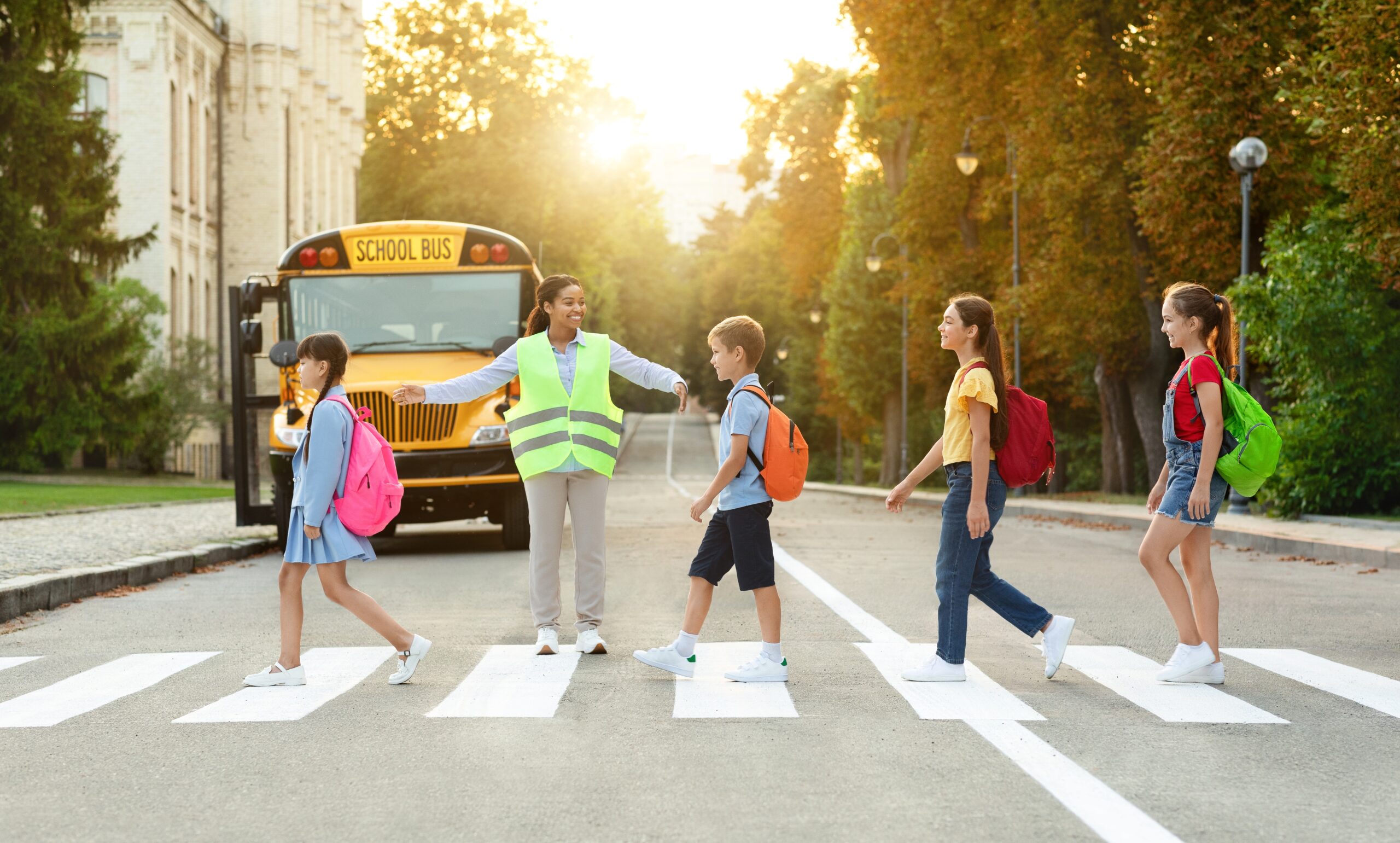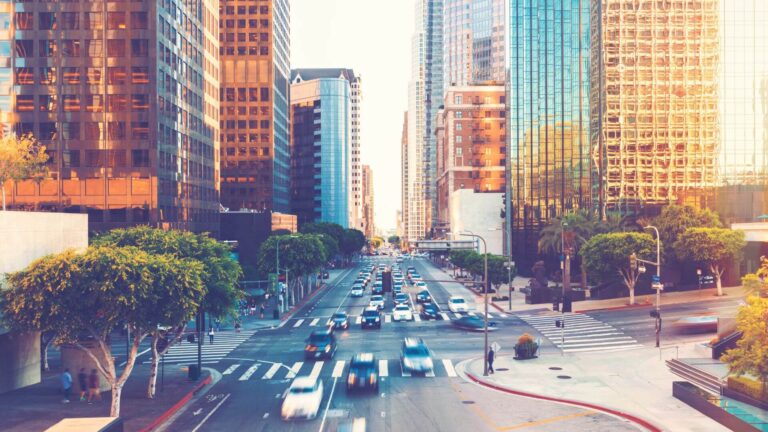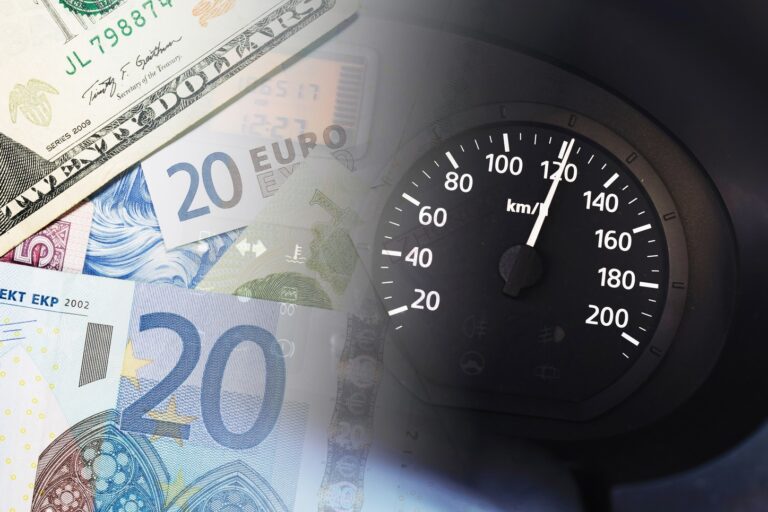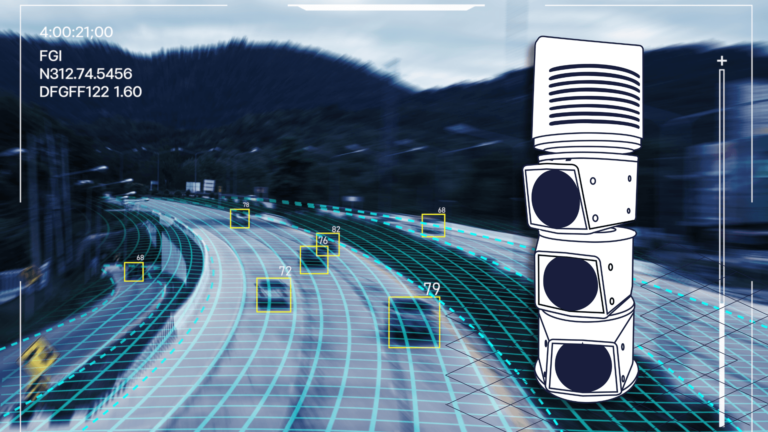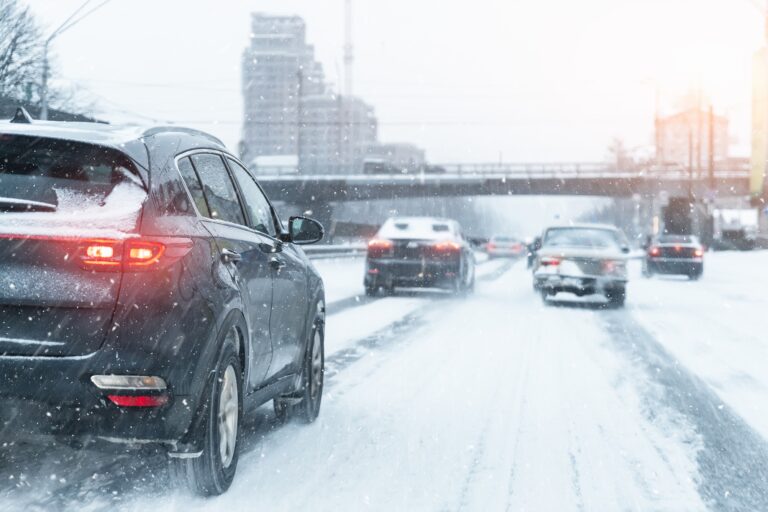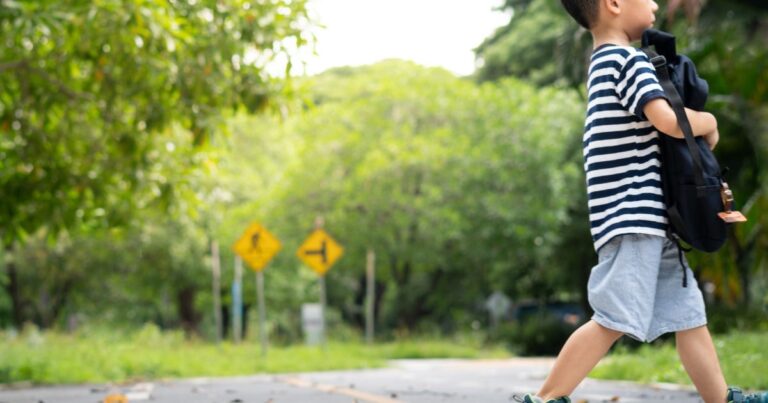With the new school year already in full swing, the safety of children in school zones is a top-of-mind topic for communities, law makers, parents, and drivers alike. According to the National Safety Council (NSC), children, and now particularly teenagers, are at higher risk for accidents during the hours before and after school. Whether you’re a parent dropping off your child, a teacher commuting to work, or a motorist passing by, it is crucial to remain vigilant in these areas. Here are essential tips that contribute to greater school zone safety and help protect the most vulnerable members of our communities.
1. Slow Down and Observe Speed Limits
Speed limits in school zones are typically reduced to 15-25 mph during school hours for a reason: lower speeds mean you have more time to react if a child suddenly crosses the street. According to studies conducted for Vision Zero Network, reducing speed by even 5 mph can significantly decrease the likelihood of a fatal accident. Always adhere to the posted speed limits, especially during the busiest times: morning drop-off and afternoon pick-up. Even if you’re running late, speeding through a school zone is not worth the risk. In addition, many school zones have speed enforcement cameras installed – on top of putting pedestrians in danger, you may receive a hefty fine.
2. Stay Alert and Minimize Distractions
Driving through a school zone requires your full attention. Avoid distractions such as texting (texting and driving is illegal in almost all U.S. states and most countries around the world), talking on the phone, or adjusting your navigation system while driving. Children are unpredictable and are often distracted by their peers or their own smartphones, and a momentary lapse in your focus can lead to tragic consequences. Always keep both hands on the wheel and your eyes on the road, anticipating sudden movements from pedestrians or other drivers. It’s also a good idea to pre-set your GPS or music before you enter a school zone to minimize distractions.
3. Be Mindful of Pedestrian Crosswalks in School Zones
School zones often have designated pedestrian crosswalks for children, parents, and school staff. Make sure to slow down and come to a complete stop when approaching these crossings, especially if crossing guards are present. Never block the crosswalk when stopped at a light or stop sign. Children might be tempted to dart around your vehicle, putting themselves in danger. Pay close attention to any flashing lights, signage, or signals indicating a pedestrian crossing and yield to anyone in the crosswalk.
4. Obey Crossing Guards
Crossing guards play a crucial role in ensuring school zone safety and protecting students during the busiest times of the day. Always obey their signals, even if you don’t see any children crossing at the moment. Crossing guards have a better vantage point and may see things that drivers cannot. Failing to follow their instructions could result in fines or worse, an accident. Remember that crossing guards are there to keep children safe — give them your respect and cooperation.
5. Avoid Passing Stopped School Buses
One of the most common dangers in school zones are drivers passing stopped school buses. It is illegal in all 50 states of the U.S. and most countries around the world to pass a school bus that is loading or unloading children. The bus’s flashing red lights and extended stop sign are signals for you to stop, no matter what lane you are in. Children may cross the street from either side, and passing a bus can result in severe penalties. Always remain at a complete stop until the bus moves and turns off its lights.
6. Be Aware of Drop-Off and Pick-Up Procedures
Schools typically have specific rules and procedures for dropping off and picking up students. If you are a parent or caregiver, familiarize yourself with these guidelines to avoid confusion and dangerous situations. Many schools have designated areas where vehicles can stop to let children in and out safely. Never double park or block the road, as this can create traffic jams and increase the risk of accidents. If you need to walk your child into school, park in the designated areas and walk them across using the crosswalks.
7. Look Out for Bicyclists
Many children ride bicycles to and from school, and it’s important to be mindful of their presence. In school safety zones, be prepared for young cyclists who may not be as experienced on the road. They could ride unpredictably or fail to obey traffic signals. Give cyclists plenty of space when passing, and always check for them before turning or changing lanes. Remember that bicycles are considered vehicles on the road, and they have the same rights as motor vehicles.
8. Plan Ahead to Avoid Rush Hour Stress
One of the biggest causes of accidents and impact on school zone safety is drivers rushing to get to their destination. Give yourself extra time during the school year to navigate these zones safely. If you can, plan your route differently to avoid passing through school zones altogether during peak hours. If you must travel through these areas, leave earlier to account for potential delays caused by the increased pedestrian and vehicle traffic.
9. Watch for School Zone Safety Signs and Markings
School zones are typically marked with signs, flashing lights, and pavement markings to alert drivers. These warnings are placed strategically to give drivers plenty of time to adjust their speed and prepare for increased pedestrian activity. Make sure to follow all posted signage, including temporary signs during special events, construction, or emergencies. Often speed cameras are also installed to enforce speed limits in school zones and improve school zone safety, so always drive according to the speed limit.
10. Avoid U-Turns and Abrupt Stops
Making sudden stops or U-turns in school zones can catch other drivers and pedestrians off guard, leading to accidents. If you miss your turn or need to change direction, continue driving until you have left the school zone and are safe to do so. Never attempt quick maneuvers in areas with heavy pedestrian traffic, as this increases the likelihood of a collision.
Driving safely in school zones is about more than following traffic laws — it’s about protecting the lives of children. By staying alert, following speed limits, and obeying traffic signals, drivers can reduce the risk of accidents and improve school zone safety for everyone. No matter whether you’re a parent, teacher, or everyday driver, it’s your responsibility to ensure that school zones are safe havens for children. Following these simple tips alone may save a life tomorrow.
For further stats and research into Automated Speed Enforcement for greater School Zone Safety, check out our Infographic “Keeping Children Safe with School Zone ASE”
